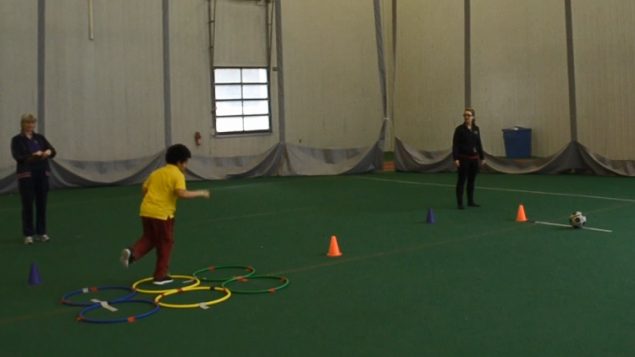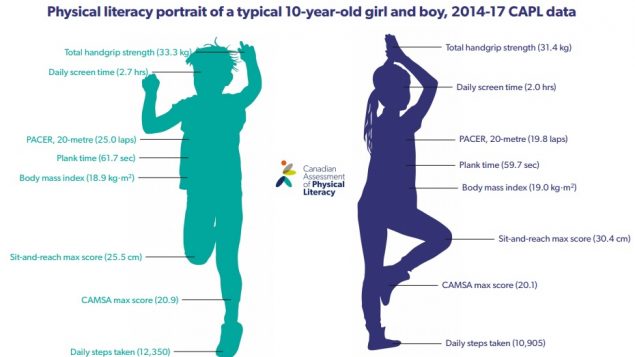
A new and extensive research study of thousands of Canadian children found that generally Canadian children are not doing well when it comes to “physical literacy”.
More than just a measure of physical fitness, this is a Canadian-inspired concept which measures children’s’ level of daily physical activity, physical competence, level of motivation and confidence related to physical activity and of knowledge and understanding of the effects of physical activity and of being sedentary, and their own perception of their physical capabilities.
Mark Tremblay (PhD), has been leading this research for the past decade. He is a senior scientist at the Children’s Hospital of Eastern Ontario Research Institute (CHEO-RI), Director for the Healthy Active Living and Obesity research group (HALO) and a professor in the Department of Paediatrics, Faculty of Medicine, University of Ottawa.
The study was published this week in the journal BMC Public Health (open access HERE)

Mark Tremblay (PhD) CHEO-RI, HALO, University of Ottawa (CHEO)
The study of children aged 8 to 12, is a comprehensive and wide-ranging look at activity generally, along with motor-skills, fitness level, attitudes and perceptions about physical activity level and skill, and so on.
Involving both physical activity tests and questionaires, it includes 14 areas combined into a Canadian developed concept called the Canadian Assessment of Physical Literacy (CAPL), (website includes training videos)

Scene from the agility and motor skills test training video showing the section where a child hops on one foot from hoop to hoop (CAPL-2)
After years of refinement CAPL is an evaluation method that is now being adopted by other countries towards an international evaluation standard.
Professor Tremblay says, “Physical literacy looks at different domains in children to give a better overall picture of children’s healthy active living and future health. Physically literate children are more active and healthy children, which sets them up for life.”
This study studied over 10,000 children in cities across the country. It is called a sort of “State of the Nation” assessment of physical literacy of Canadian children and generally rated in aerobic fitness in the lower third of what may be considered global standards.

Assessment of the average Canadian child based on the research. (HALO-CAPL
Tremblay points out that starting life from a healthy attitude and physical level at an early age has benefits throughout later and adult life. This comprehensive study expands upon and provides much greater depth to other studies about childhood obesity and excessive screen time.
He says the study shows clearly that, “Every organization concerned with the well-being of children, whether provincial governments, municipal public health and recreation departments, boards of education and sports or recreation groups, should allocate increased resources to increase children’s physical literacy. Addition education campaigns, greater priority in school curricula and increased numbers of physical education specialists could have a real impact in the health of Canada’s children.”


